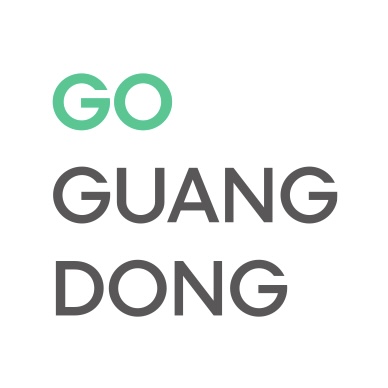Go Guangdong Route
She Ethnic Culture Exhibition Hall→Qipan Eco Parki→ Cherry Blossom Tea Garden→Da'an Ancient Tea Garden→ Chaozhou Phoenix Dancong Tea Museum
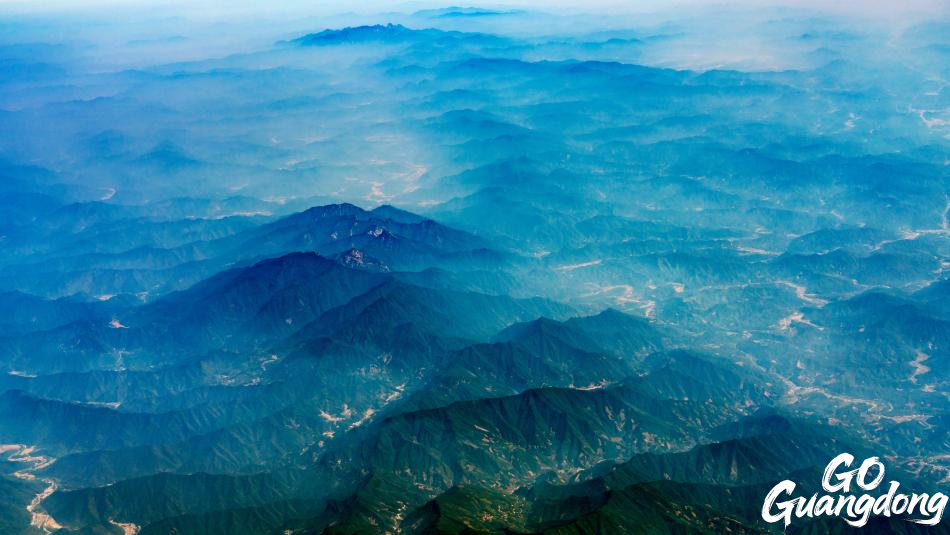
The Fenghuang Mountain (Fenghuang means phoenix in English),photo provided by 潮州市委宣传部
Dancong tea, a renowned Chinese oolong, is a vital component of UNESCO-listed heritage, China's traditional tea processing techniques, and playing a central role in the Teochew Gongfu Cha tradition worldwide. Located in Chaoan District of Chaozhou City and nestled in the Fenghuang Mountain of eastern Guangdong, Fenghuang Town is renowned as the birthplace of Chinese oolong tea and serves as the primary production area for Dancong tea.
With a tea cultivation and processing history that spans over 900 years, Fenghuang boasts an extensive area of tea gardens covering more than 4,667 hectares, with an annual production exceeding 5000 tons (about 11 million pounds). This generates an output value close to 2 billion RMB (around 278.74 million USD). This thriving tea industry forms the backbone of the local economy and has played a crucial role in enhancing the livelihoods of residents.
Qipan Village: Smart farming injects new vitality into tea cultivation
The Cultural Leisure Zone is one of the three key development areas in Fenghuang Town, centered around the tea industry. The other two zones are the Ancient Tea Tree Conservation Area and the Tea Processing Experience Zone. The initiative aims to revitalize rural communities by activating and leveraging tea-related resources. The entire route stretches approximately 25 kilometers, starting from Shizhu Village and ending at Wuchong Village. This route is known as the Fenghuang Tea Valley Demonstration Belt. At the heart of the Cultural Leisure Area lies Qipan Village which showcase the innovative practice of eco-tourism and smart agriculture. The Cultural Leisure Area.
Qipan Village is home to a smart tea garden, where traditional farming methods are enhanced by modern technology. The installation of 14 AI-powered monitoring devices, nicknamed "Smart Eyes," allows for comprehensive observation of the tea fields. These systems collect real-time data on soil conditions, moisture levels, and crop health.
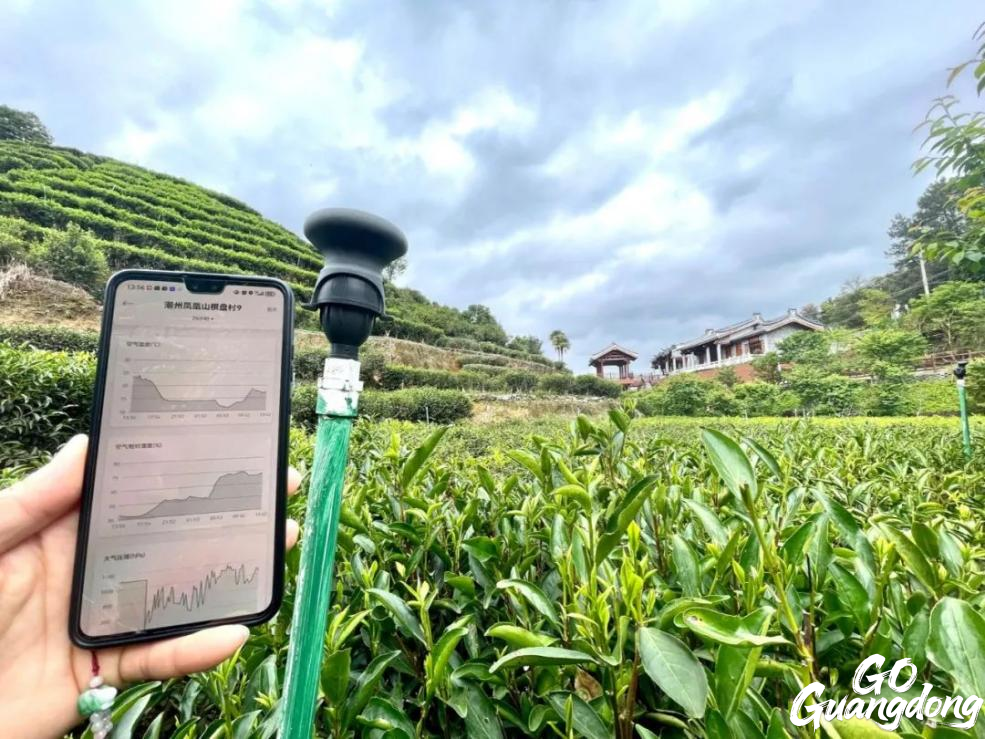
Tea farmers monitor the tea garden’s condition, photo provided by 广州日报新花城
Local tea farmer Lin Hanwei shared:“In the past, we relied on experience to determine when to irrigate or fertilize. Now, with real-time data analytics, we know precisely what nutrients the soil lacks. This approach enhances the quality of our tea.”
To improve tourist experience, the village has developed a two-kilometer boardwalk that meanders through the 13-hectare eco-tea plantation. The boardwalk was thoughtfully constructed along existing footpaths and natural streams, preserving the original terrain, water systems, and vegetation. Materials were chosen to harmonize with the local environment.
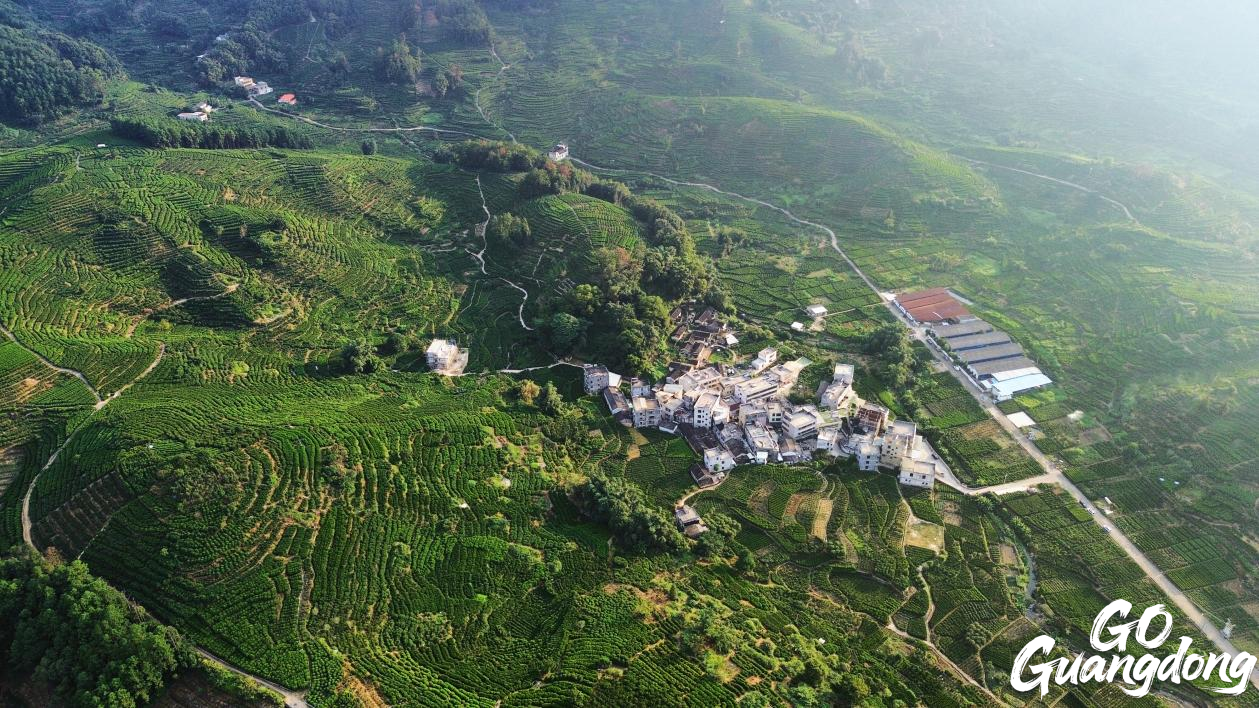
The Qipan Eco Park, photo provided by 孙安迪
Visitors to Qipan Eco Park can enjoy a peaceful stroll along the boardwalk while taking in panoramic views from scenic platforms. A highlight of the area is the Cherry Blossom Tea Garden, where the curving path is flanked by 350 cherry blossom trees, set against the lush green of the tea fields. The air is infused with the aroma of Dancong tea, offering a multi-sensory experience. In certain sections, fences have been intentionally removed to allow tourists to step directly into the tea fields, bringing them closer to the production process.
Da’an Ancient Tea Garden: A rare global heritage of centuries-old tea trees
Nestled between Fengxi Village and Wudong Village in Fenghuang Town, the Da'an Ancient Tea Garden is a key component of the Ancient Tea Forest Conservation Zone within the Fenghuang Tea Valley Demonstration Belt. Located at an elevation of approximately 1,000 meters, the garden spans about 667 hectares and features a unique blend of landscapes composed of ancient tea trees and scenic water elements.
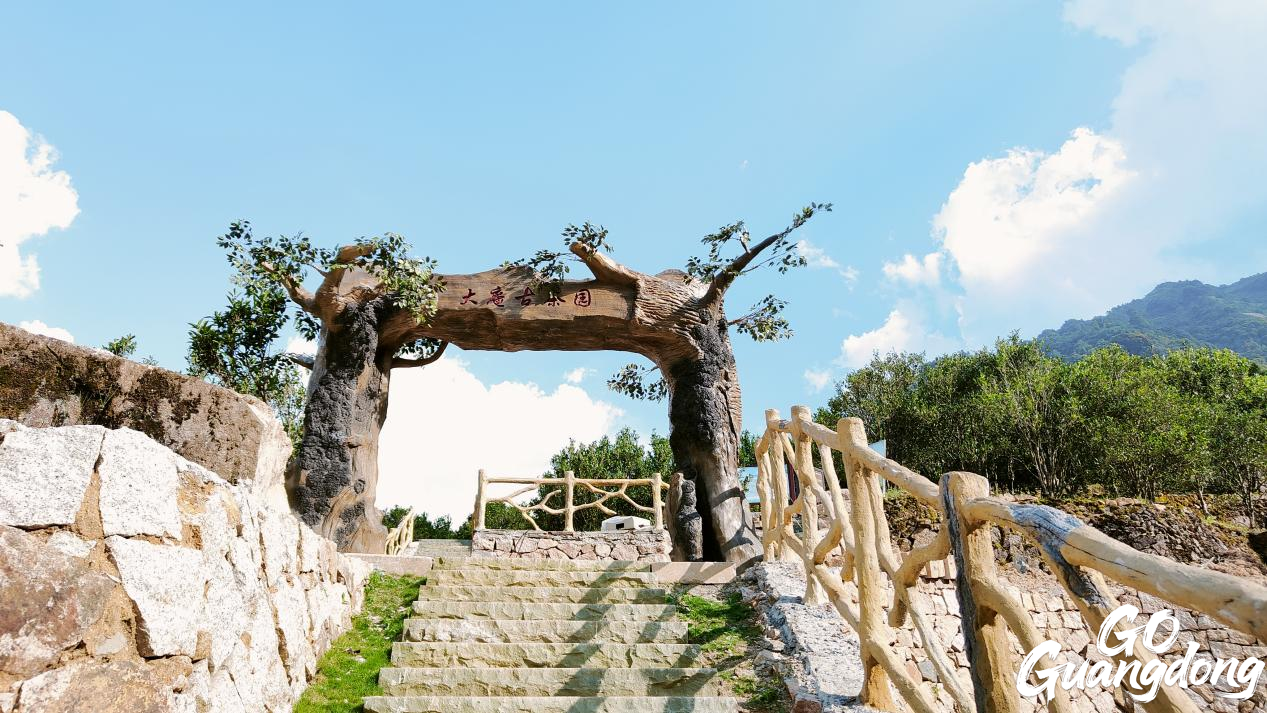
Da’an Ancient Tea Garden,photo provided by 凤凰镇人民政府
What sets this tea garden apart is its distinction as home to one of the world’s rarest collections of ancient Dancong tea trees. Given their extreme scarcity worldwide, the Da'an garden is often referred to as a “globally rare and precious repository of tea tree resources.”
Among its most treasured trees is the legendary “Da'an Songzhong”, an ancient tea tree believed to be around 600 years old. Standing 7 meters tall with a canopy spaning 6 meters, it remains the largest and most productive single Dancong tea tree on Fenghuang Mountain. As the parent of the renowned Songzhong cultivar, it is hailed as the most iconic and precious variety within the Dancong teas.
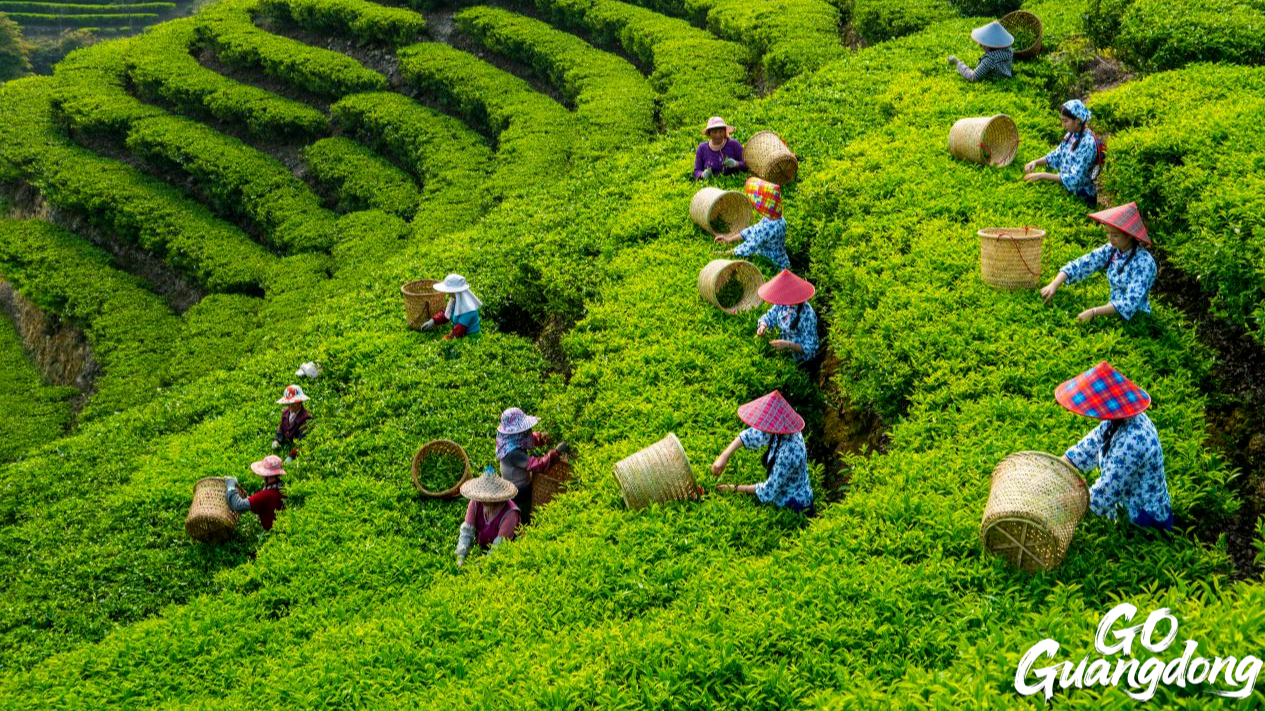
Tea farmers are plucking tea leaves,photo provided by 王丽
This tree is harvested just once a spring. Though it yields only around 6.5 kilograms of unprocessed tea annually, its value is exceptional—commanding up to 80,000 RMB per kilogram, equivalent to over 11,000 USD. As a cornerstone of Fenghuang’s biodiversity and cultural heritage, Da'an Songzhong embodies the time-honored legacy of its ancient tea culture.
Chaozhou Fenghuang Dancong Tea Museum: New stories told in ancient structures
Located in Dongxing Village, a provincially recognized ancient settlement, the Chaozhou Fenghuang Dancong Tea Museum occupies two meticulously restored heritage buildings: the Dafu Residence and the Shouxin Ancestral Hall. These structures, emblematic of traditional Chaozhou architecture, each boast over a century of history.
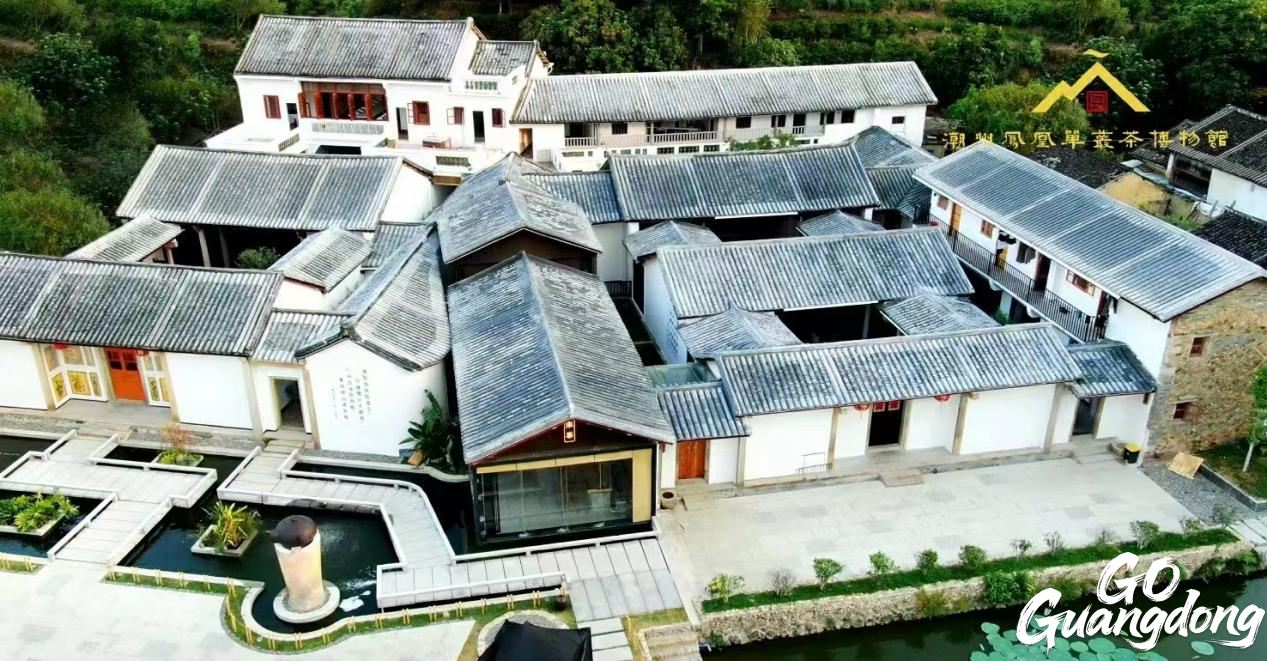
The Chaozhou Fenghuang Dancong Tea Museum,photo provided by 潮州凤凰单丛茶博物馆
Among the key components of the museum is the Tea Culture Exhibition Hall, converted from the former residence of Chen Chuanzhi, a prominent tea merchant referred to as the “Tea King.” This section showcases an array of Dancong tea varietals as well as a village distribution map of ancient tea plantations. Chen began purchasing and trading tea at the age of 18, distributing products to Vietnam, Thailand. He was also deeply committed to philanthropy in his hometown, having donated funds to construct 15 elementary schools.
The Tea Ware Gallery displays an evolution of tea utensils, ranging from antique blue-and-white porcelain tea bowls to modern ceramic sets, thereby charting the transformation in tea ware craftsmanship and reflecting tea’s enduring presence in the daily life of the Chaozhou people. The lingering aroma of tea, has accompanied generations of Chaozhou residents and remains a vibrant part of their cultural identity.
Housing an extensive collection of artifacts and finished teas. The museum serves as a repository of Dancong tea heritage as well as a center for academic research and cultural promotion. Dancong tea itself encompasses dozens of varieties, with “Ya Shi Xiang” (Yunhua Aroma) and “Mo Li Xiang” (Jasmine Aroma) among the most prevalent.
Crafting a good cup of Fenghuang Dancong tea demands intricate traditional techniques, often blending artisanal handwork with modern mechanized processes—a synergy visitors can experience firsthand in the Chaozhou Kongfu Tea Experience Hall.
Central to the museum’s collection is the “Song Tea No. 1” specimen. This ancient tree originally thrived on Wudong Mountain in Fenghuang Town, at an elevation of approximately 1,150 meters. Now nearly 700 years old, it stands as the oldest recorded tea tree in the Chaoshan region. Although the original tree has succumbed to age-related decline and environmental stresses, its legacy is preserved through this specimen, which continues to inspire appreciation of the region’s tea culture.
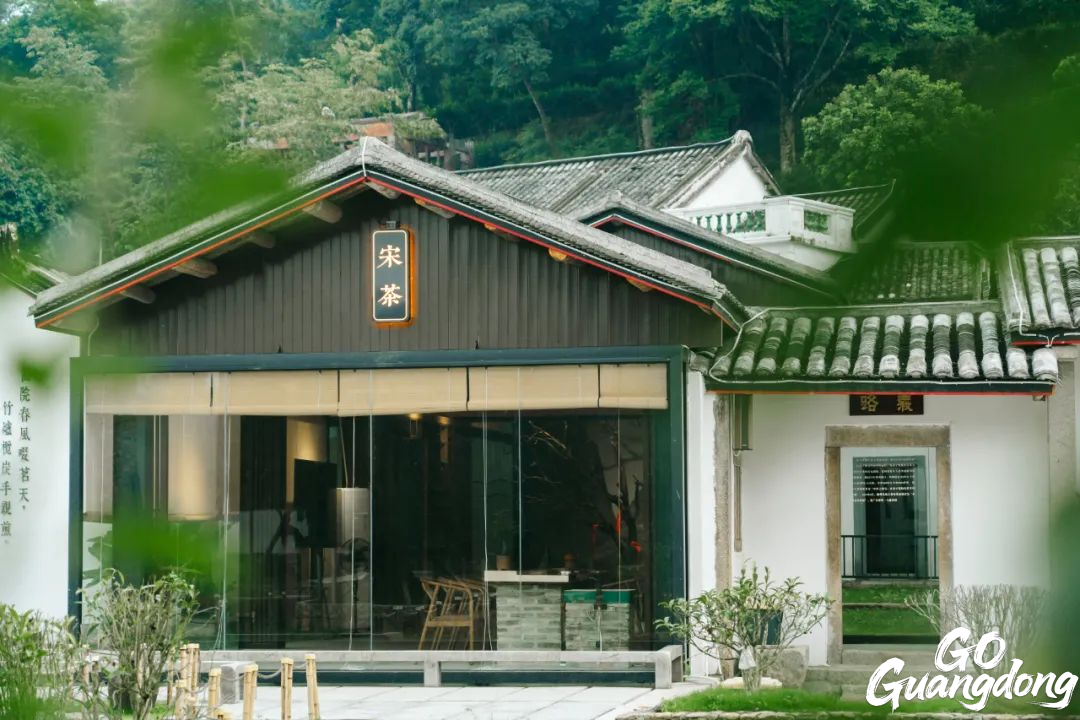
The “Song Tea No. 1” Specimen Hall,photo provided by 潮州凤凰单丛茶博物馆
From verdant tea gardens to the aromatic depth of brewed leaves, the museum showcases the artistry behind tea growth and transformation. The dynamic presence of tea polyphenols whispers Fenghuang Dancong’s time-honored story, inviting visitors to connect with this celebrated heritage.
Li Gong Keng Village : The origin of She Ethnic Culture
Fenghuang Mountain is widely recognized as the origin of the She ethnic group, one of China's minority groups with a population exceeding 700,000. Among the earliest She settlements is Ligongkeng Village, founded in 1580, with a history spanning about 450 years. The village preserves a relatively complete set of She cultural traditions, including ancient songs and dances, tribal totems, and ancestral worship practices.
A notable example is the Lei Clan Ancestral Hall, which houses a She ancestral scroll—a rare artifact as a form of illustrated storytelling passed down through generations.
In the past, Ligongkeng Village was largely overgrown with wild vegetation and inaccessible by car. However, the village has undergone significant transformation since 2021. Through improvements to its living environment and a focus on reviving intangible elements, such as the She language, traditional songs, and folk dances, Ligongkeng has been repositioned as a vibrant destination for tourism and cultural experience.
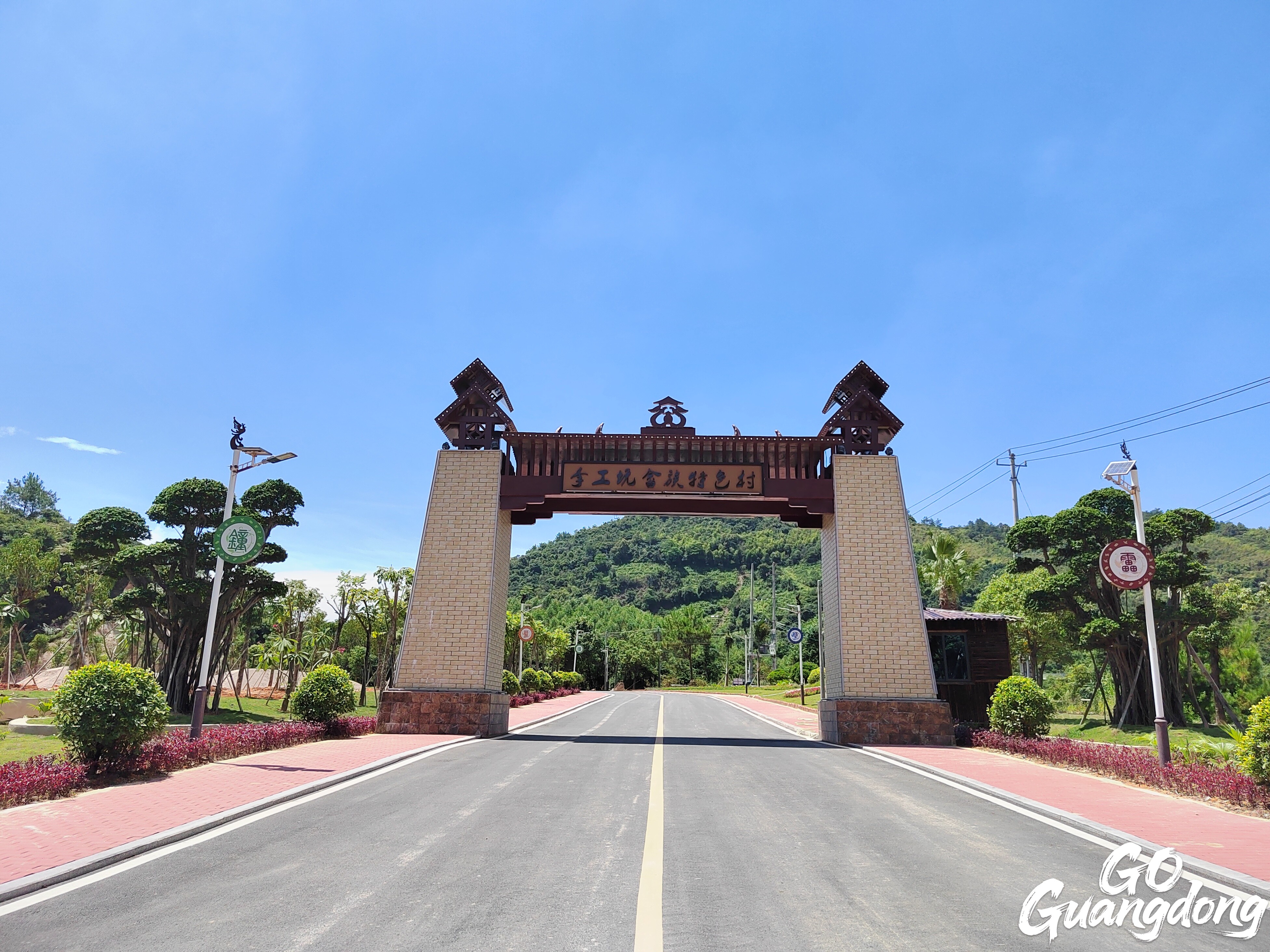
The Li Gong Keng Village,photo provided by 文祠镇人民政府
At the heart of this renewal stands a three-story She Ethnic Culture Exhibition Hall, converted from the original Lei Clan Ancestral Temple. The local community repurposed the ancestral hall into a cultural museum to preserve and display the unique legacy of She people.
The exhibition utilizes physical artifacts, multimedia, and interactive installations to present the history, migration, and cultural development of the She people. The goal is to not only document but to activate public understanding and appreciation of She ethnic heritage.
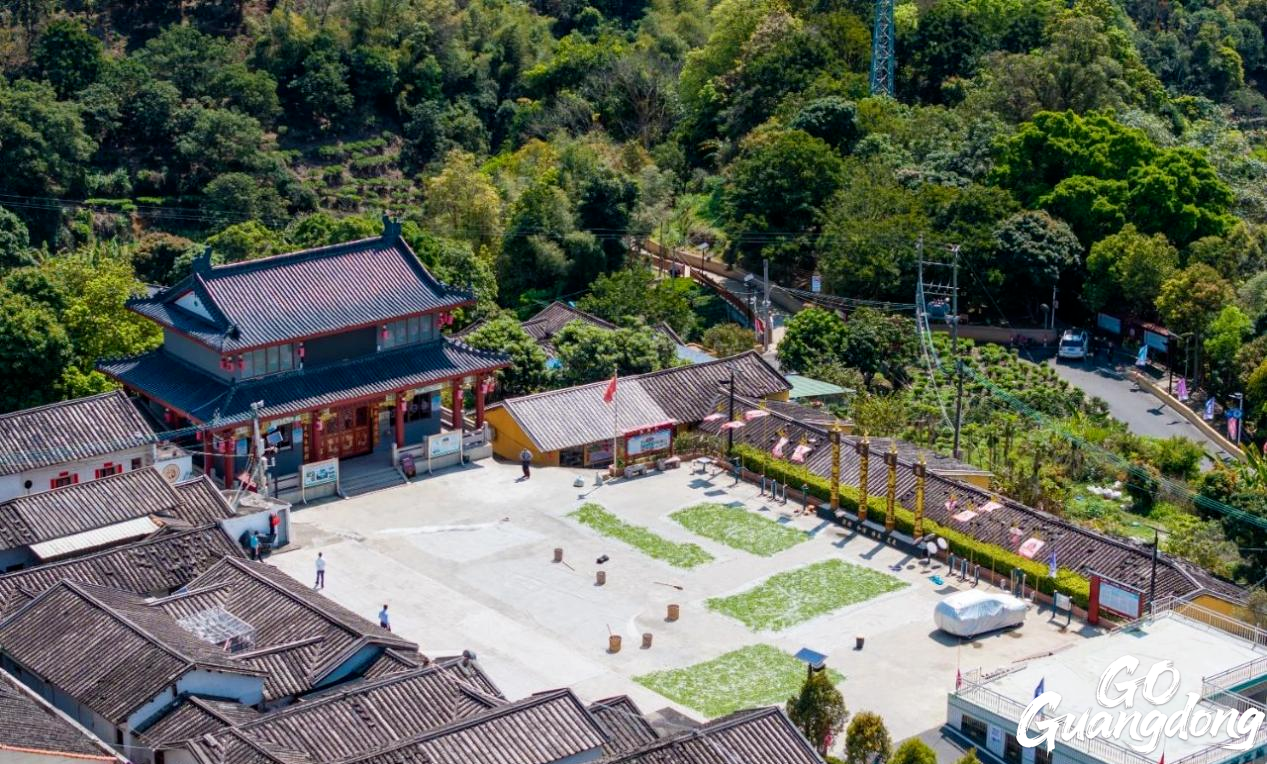
She ethnic culture exhibition hall,photo provided by 长光里
Li Gong Keng Village is now home to more than 600 She residents, making it one of the largest She communities in Chaozhou. To sustain and promote this cultural legacy, the village hosts events, such as the Chaozhou Fenghuang Mountain Cultural Forum, inviting She representatives from across the country to participate in cultural dialogues and ceremonial gatherings.
The village has since emerged as a popular destination for tourism while local agricultural product sales have significantly increased, generating more than 15 million RMB (approximately 2.09 million USD) in revenue, thereby contributing to both cultural revitalization and economic growth.
Reported by Tang Huiting
Edited by Yin Juewen



